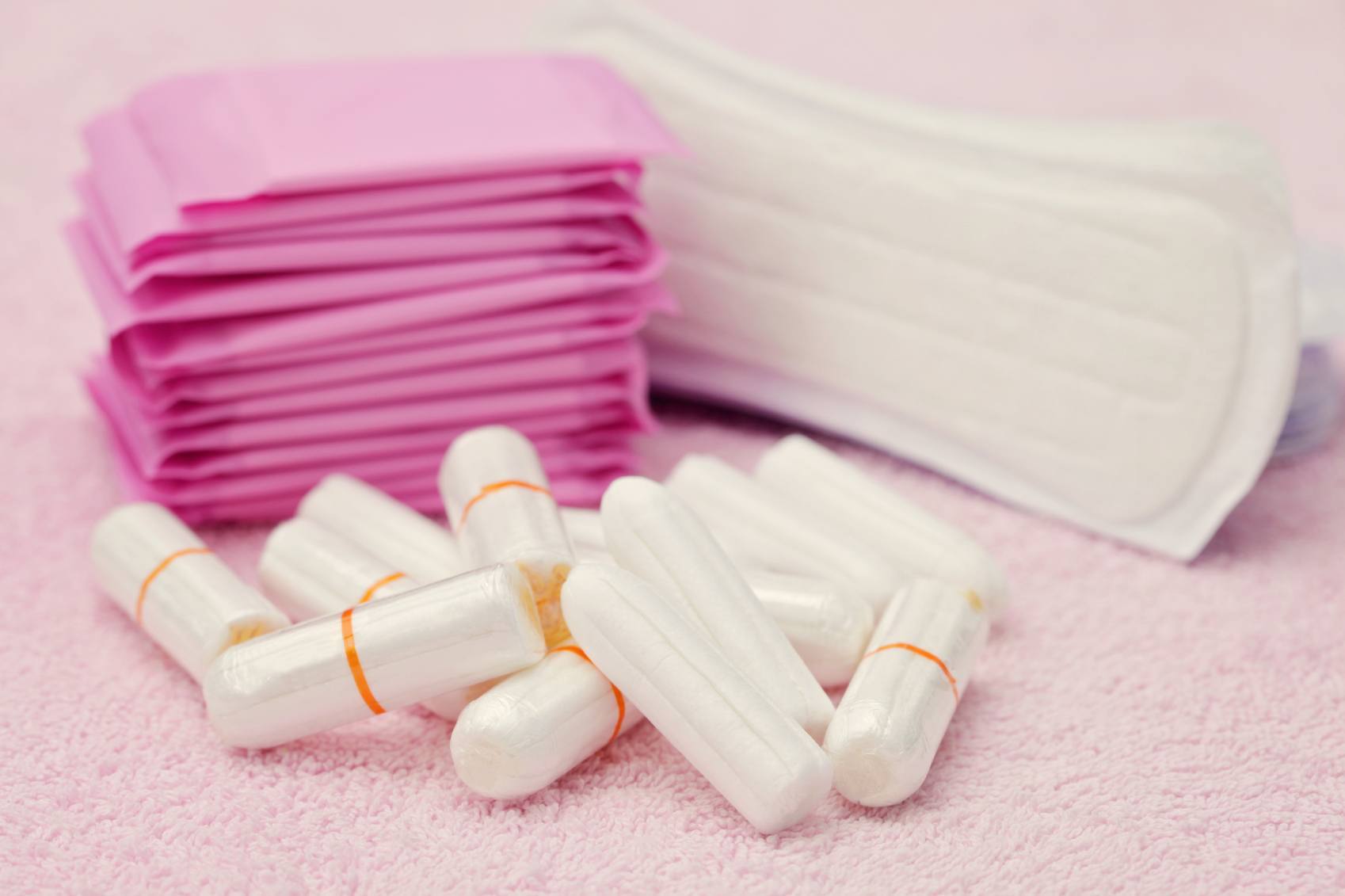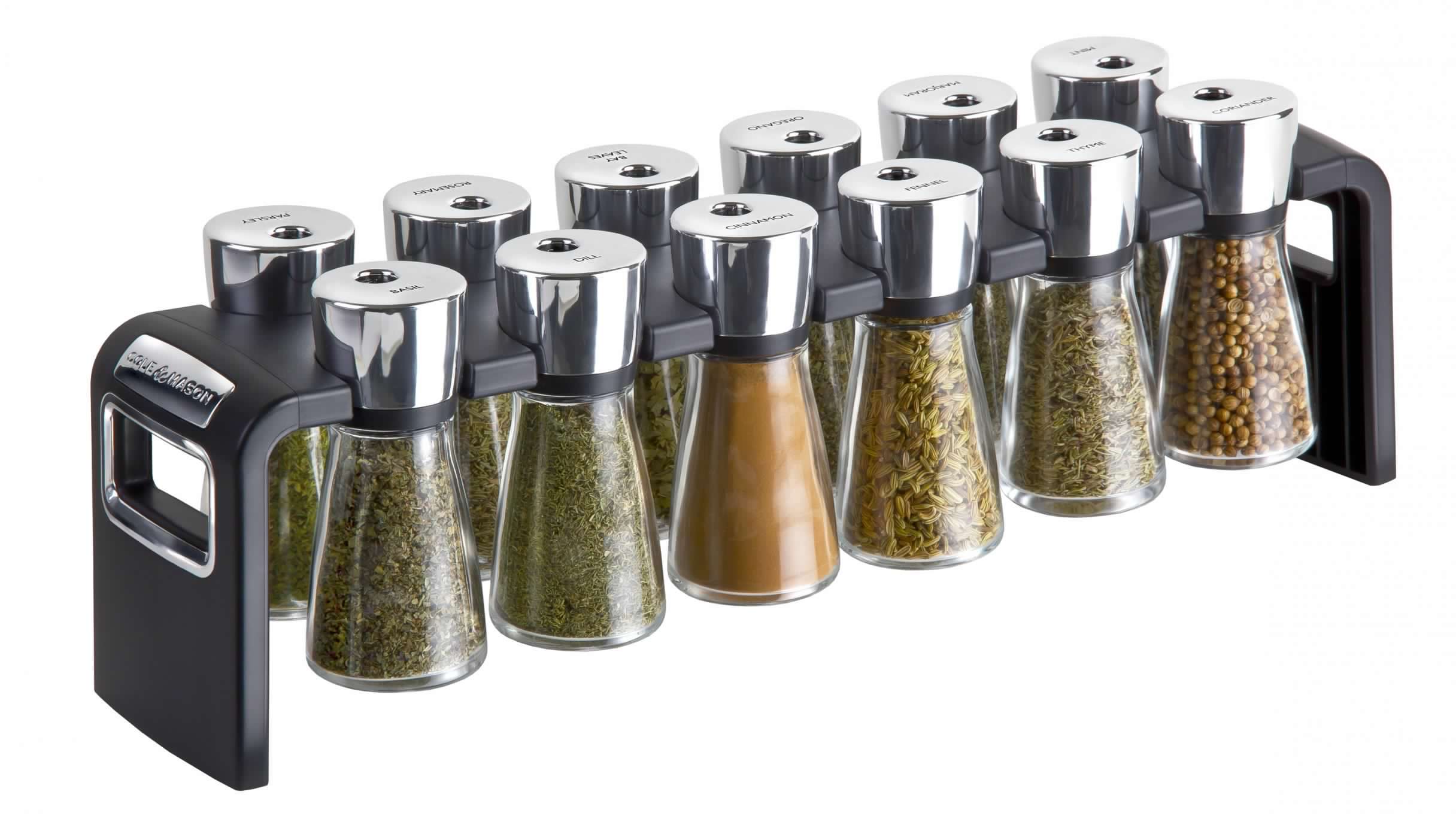(NaturalNews – L.J. Devon) To better understand mental disorders and neurological problems, scientists are beginning to take a closer look at the study of epigenetics and the endocrine-disrupting chemicals affecting DNA. This kind of study goes beyond just the study of genetics, which looks solely at changes in DNA sequence between generations. Epigenetics investigates the changes in gene expression caused by chemical reactions where certain base pairs in DNA or RNA are “turned off” or “turned on” again. For example, epigenetics looks into the process by which a cell uses genetic code to assemble beneficial proteins. In this field of study, there is a keen eye placed on the environmental reasons why gene expressions change, why DNA can be chemically silenced. Endocrine-disrupting chemicals, so prevalent today in consumer and agricultural products, can affect how cells function in the body. By altering hormone levels, these chemicals may change the way a person reacts to stress or anxiety.
Fungicide exposure increases anxiety throughout four generations as gene expression changes
New research from the University of Texas at Austin (UT) and Washington State University shows how a common fungicide used on fruits and vegetables, vinclozolin, disrupts healthy endocrine system function throughout four generations. In the study, provoked female rats experienced increased stress hormones, anxiety and neurological problems, because their great grandparent’s were exposed to the fungicide vinclozolin. Fourth-generation rats became more anxious under stress simply because their great grandparents were exposed to the fungicide. The study showed how the fungicide caused changes in gene expression — not changes in genetic sequence — all the way into the fourth generation.
“These results should concern us all because we have been exposed to endocrine disrupting chemicals for decades and we all go through natural challenges in life,” said David Crews, Professor of Zoology and Psychology at UT. “Those challenges are now being perceived differently because of this ancestral exposure to environmental contamination.”
It was the combination of stress during the animal’s adolescence and their ancestral exposure to the fungicide that caused hormonal imbalances and changes in behavior. The female rats showed dramatically higher levels of stress hormone corticosterone, and increased anxiety and nervous behaviors. Interestingly, the effect was only measured in the brains of female rats. The changes in stress hormones are also associated with brain degeneration for both learning and memory into old age.
The effect was witnessed when researchers confined adolescent rats to soft, warm cylinders for six hour a day for three weeks. When the female rat’s brain function, behavior and gene expression were measured in adulthood, the researchers could see how gene expression had changed. The fungicide played a huge role in causing neurological problems throughout four generations!
Endocrine-disrupting chemicals play a huge role in modern day anxiety
In the 21st century, there are more comforts than there were generations ago, yet the emerging population seems to be more discontent than ever before — more stressed, more people taking anxiety pills and more people taking psychoactive medication for depression. Could it be that the rise of neurological dysfunction and depression in the 21st century is due to changes in gene expression caused by endocrine-disrupting chemicals like fungicides?
Why has depression and anxiety increased in an era of comforts? Why were the men and women of generations ago roughing it but were not labeled clinically depressed or anxious? Is modern day anxiety caused by the bombardment of endocrine-disrupting chemicals?
Sources for this article include:
http://cns.utexas.edu
http://science.naturalnews.com


